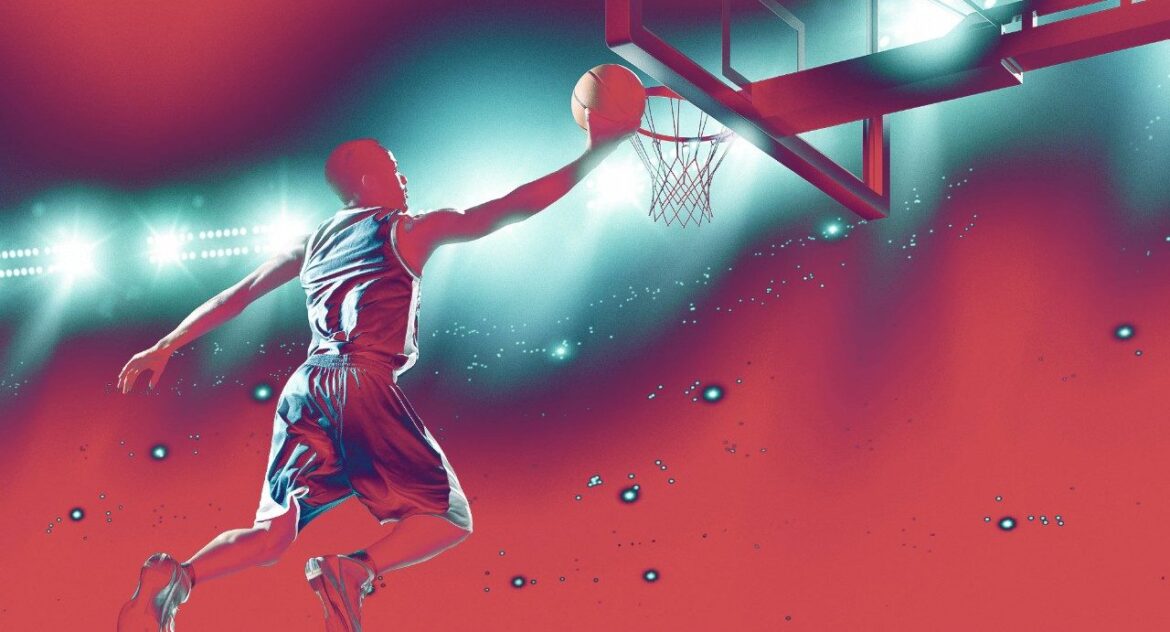Whether you are playing basketball in an arena, on a court or in front of your television, technology can make your game easier. These technological advances are not only making the game more accessible, they are also changing the way people interact with it. These innovations include Virtual Reality, Genetic Algorithms, Wearable Technology and Artificial Intelligence.
Virtual reality
Using virtual reality technology in basketball teaching could improve the effectiveness of instruction. This technology can provide an interactive learning environment that may cultivate students’ exploration and autonomy.
The National Basketball Association (NBA) has partnered with NextVR, a leading broadcaster of live events in virtual reality, and is using the technology to broadcast games. In addition, the NBA has created an app, called “NBA VR,” that allows fans to experience the game in a virtual arena.
To date, the NBA has used VR to enhance officiating and help players develop their skills. The NBA has also used it in preseason games between the Miami Heat and the Cleveland Cavaliers.
NBA’s VR initiative is in its early stages, and there are still a few technical issues to work out. For instance, there are issues with blackouts and the ability to monetize through advertising. But, with time and improvements in VR technology, the NBA hopes to attract a new audience.
Artificial intelligence
Using artificial intelligence and college basketball Picks technology, professional basketball teams have been able to improve their shooting and dribbling skills. Previously, players had to spend hours to train. Now, they are able to analyze their shooting and dribbling arcs with the help of a computer. The software also provides shot charts that enable coaches to see what their players are doing in real time.
The ability to accurately identify movements is critical in training. AI and machine learning are combining with an unprecedented flood of data. These technologies are providing new insights about team and opponent tactics. They are also being used to create highlights. These highlights will be shown to more people, and they can be customized to the interests of the fans.
An example of an application of AI and basketball technology is Bhostgusters, which allows coaches to draw offensive plays on a tablet. The system also accounts for different team members.
NOAH Basketball is another example of a program that uses machine learning to determine the shooting and dribbling skill of a player. It can be used to analyze a player’s three-point shots. The software has been able to provide more than 50,000 hours of video footage.
Wearable tech
Several professional sports teams are using wearable technology to improve their performance. These technologies have helped reduce injuries and sports related illnesses. They also help coaches and trainers excel. Increasingly, wearables are being used during practice sessions and during games. They are changing the way we think about sports.
While a number of wearables have been developed for basketball, there is one in particular that is unique. It’s called ShotTracker. It’s a wrist sensor that tracks player movement and sends that data to a smartphone app. The app can give athletes instant feedback on shots and rotations.
NBA teams are incorporating wearables into their workouts and in games. They’re measuring body temperature, calories burned, and distance traveled. They’re also monitoring sleep patterns and nutritional intake. These sensors can also help teams detect fatigue and adjust game plans accordingly.
Some NBA teams have partnered with Graphwear. They’re using their wearable patch to analyze sweat and glucose levels in athletes. They’ve also developed a product that can track players’ movements through stickers attached to their shoes.
Genetic algorithms
Using genetic algorithms in basketball team composition can be a good solution for many problems. It can eliminate subjectivity, maximize performance, and minimize costs. However, it is not meant to substitute technical sport staff.
Moreover, it does not provide qualitative information. This is because individual player performance is not equal to the team’s performance. To make the best decision, it is necessary to have a lower level of uncertainty. It is therefore essential to find a solution that is best suited to the sports management’s interests.
The genetic algorithm, inspired by Charles Darwin’s theory of natural selection, imitates biological evolution mechanisms. It is implemented as a computer simulation. It can be used to encode data and solve virtually any problem.
Unlike the linear programming method, it can evolve over time. This makes it possible to produce local optimal solutions. In addition, it can also be implemented as a global optimization method.
It is widely used in several fields. For example, stock companies use it to predict the value of a stock. It can also be used for military applications.








